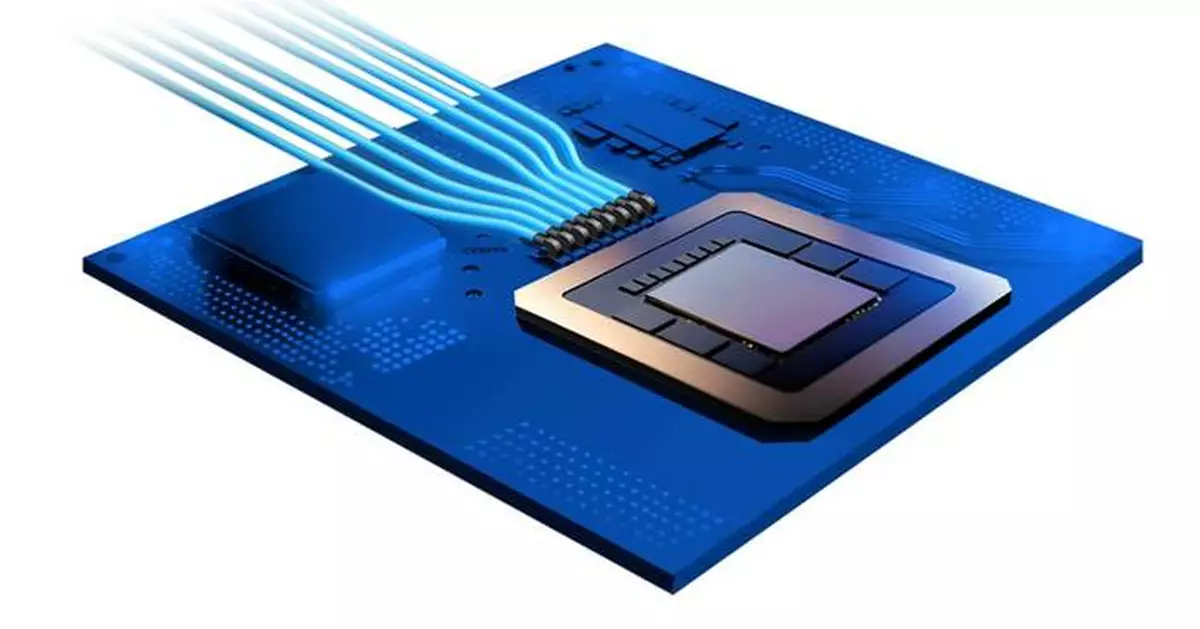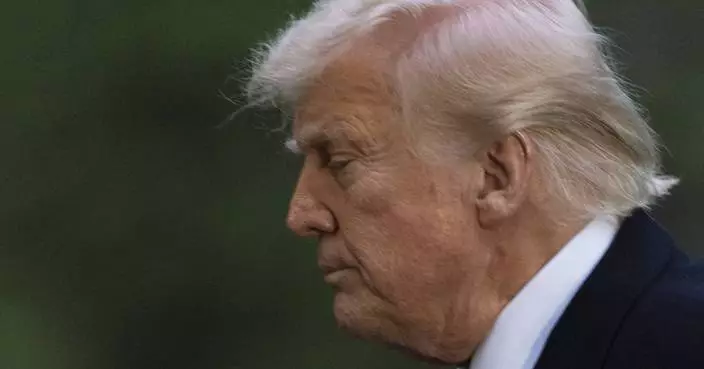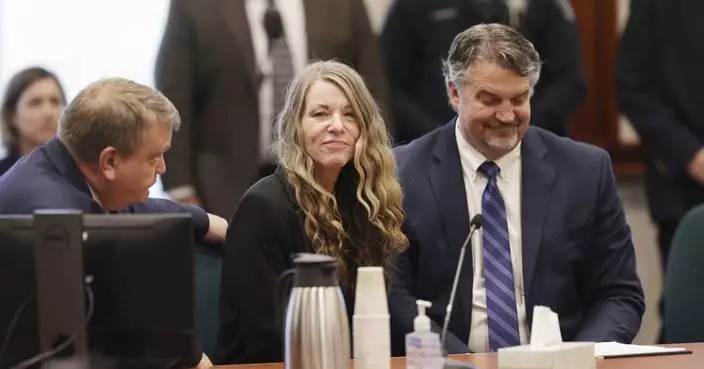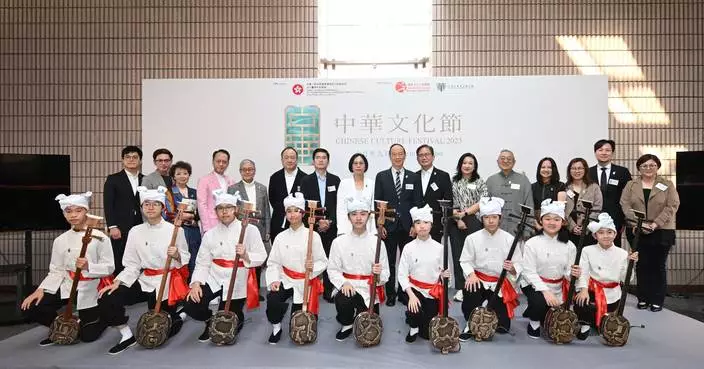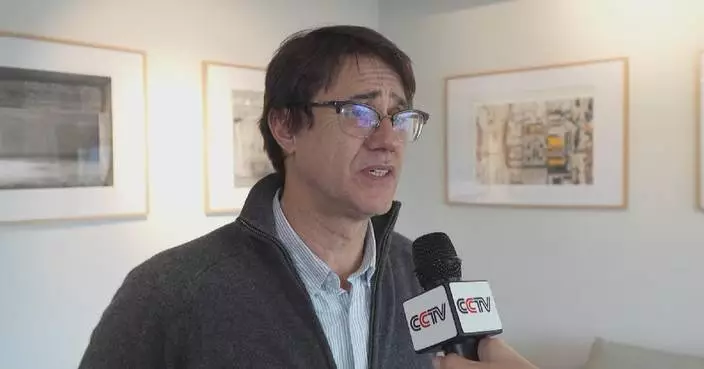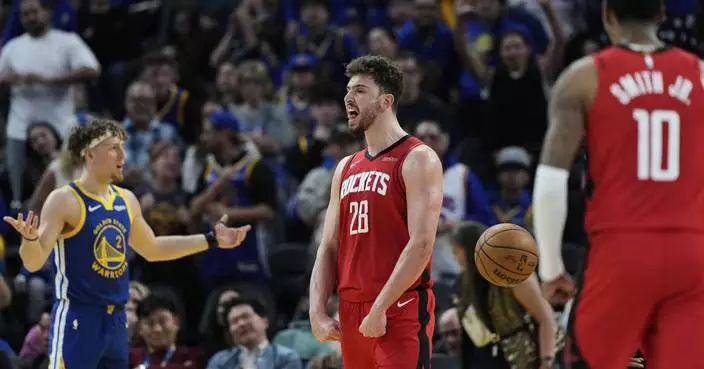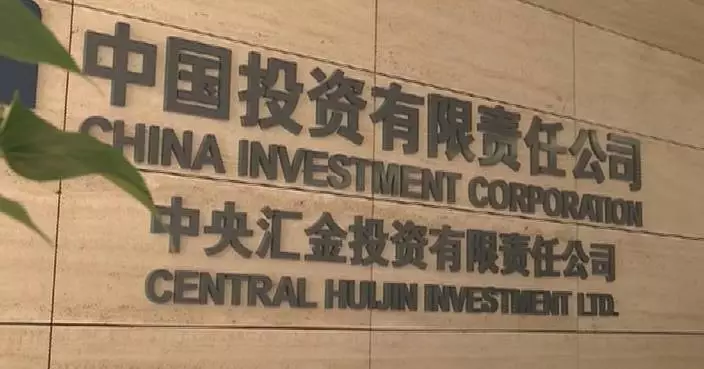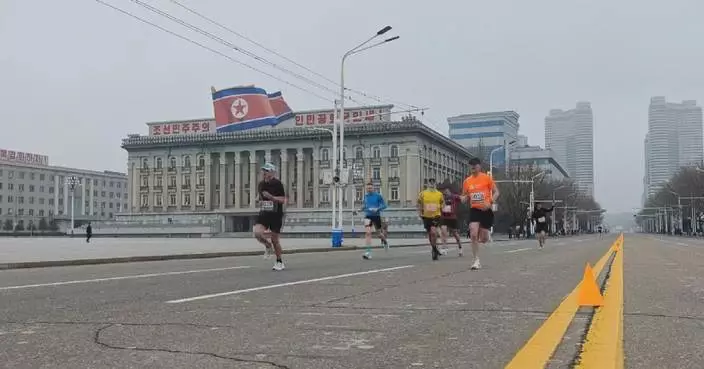SAN FRANCISCO--(BUSINESS WIRE)--Mar 31, 2025--
Avicena, headquartered in Sunnyvale, CA, is announcing its new scalable LightBundle™ interconnect platform at OFC 2025 in San Francisco, CA ( https://www.ofcconference.org/en-us/home/ ). LightBundle supports > 1Tbps/mm shoreline density and extends ultra-high density die-to-die (D2D) connections to > 10 meters at class leading sub-pJ/bit energy efficiency. This will enable AI scale-up networks to support large clusters of GPUs across multiple racks, eliminating reach limitations of current copper interconnects while drastically reducing power consumption.
This press release features multimedia. View the full release here: https://www.businesswire.com/news/home/20250331457796/en/
Increasingly sophisticated AI models are driving an unprecedented surge in demand for compute and memory performance, requiring interconnects with higher density, lower power, and longer reach for both processor-to-processor (P2P) and processor-to-memory (P2M) connectivity.
Nowhere is the demand higher than in the scale-up domain of AI datacenters where GPUs in a compute cluster are densely interconnected. Today the typical scale-up interconnect is passive copper with a reach limited to ~1 meter, constraining a GPU cluster to a single rack. The LightBundle interconnect extends the reach to more than 10 meters, enabling a single cluster to scale to hundreds or even thousands of GPUs across multiple racks. At the same time, LightBundle dramatically reduces the power consumption of these interconnects, significantly easing power delivery and cooling burdens.
The LightBundle interconnect is a modular transceiver chiplet-based architecture. Transceiver chiplets contain integrated microLED and PD arrays that are connected to other LightBundle transceiver chiplets via multi-core fiber bundles. They support dense, low power D2D interfaces such as UCIe or BOW. LightBundle chiplet transceivers are well-suited to various packaging architectures including co-packaged optics (CPO), on-board optics (OBO), and pluggable optical modules as well as active optical cables (AOC). Unlike silicon photonics, LightBundle interfaces can be integrated onto almost any IC process from a wide variety of foundries.
“At Avicena, we are excited to announce our modular, ultra-low power, scalable chiplet interconnect based on our LightBundle technology,” says Bardia Pezeshki, Co-Founder and CEO of Avicena. “Working with our hyperscale datacenter partners we have optimized our platform to address the specific needs of large clusters of GPUs in future Scale Up networks. We support shoreline densities of greater than 1Tbps/mm at power efficiencies at least 5x better than competing solutions.”
“As generative AI continues to evolve, the role of high bandwidth-density, low-power and low latency interconnects in scale-up networks cannot be overstated”, says Michael Fox, Founder & Managing Partner of InflectionPoint Research. “Avicena’s microLED based interconnect technology has the potential to deliver a paradigm shift in this domain of hyperscale AI Scale Up networks.”
Avicena at OFC 2025:
In addition to showcasing its LightBundle interconnect technology at Booth #1956, Avicena will participate in the following events:
Bardia Pezeshki, Co-Founder & CEO, will be presenting at the Workshop: How do Co-Packaged Optics Become Manufacturable?
Workshops provide an opportunity for attendees to interact informally on particularly compelling technological issues.
Sunday, March 30, 2025 – 16:00 – 18:30
Chris Pfistner, VP of Sales and Marketing, will be chairing Session 5 at the Optica Executive Forum:
Photonic Interconnects in AI Clusters with speakers from Microsoft, NVIDIA, Meta & Arista.
Monday, March 31, 2025 – 15:40 to 16:40 – Marriott Marquis, San Francisco, CA
Chris Pfistner, VP of Sales and Marketing, will also be presenting at the Market Watch Session:
MW Panel 5: Optical Network Evolution for AI/ML, Architectures & Drivers
Thursday, April 3, 2025, 10:15 – 11:45
About Avicena
AvicenaTech Corp. is a privately held company located in Sunnyvale, CA, developing LightBundle, a next generation optical interconnect architecture for AI/ML, HPC, sensors, 5G wireless and aerospace applications. This unique, flexible ultra-low energy technology is based on microLEDs, offering both very high bandwidth and low latency. Now, system designers can disaggregate functions like compute and memory and radically grow system throughput. Avicena’s technology is a key building block in the evolution of networking and computing that will reduce the energy impact on our planet.
For more information, visit https://avicena.tech
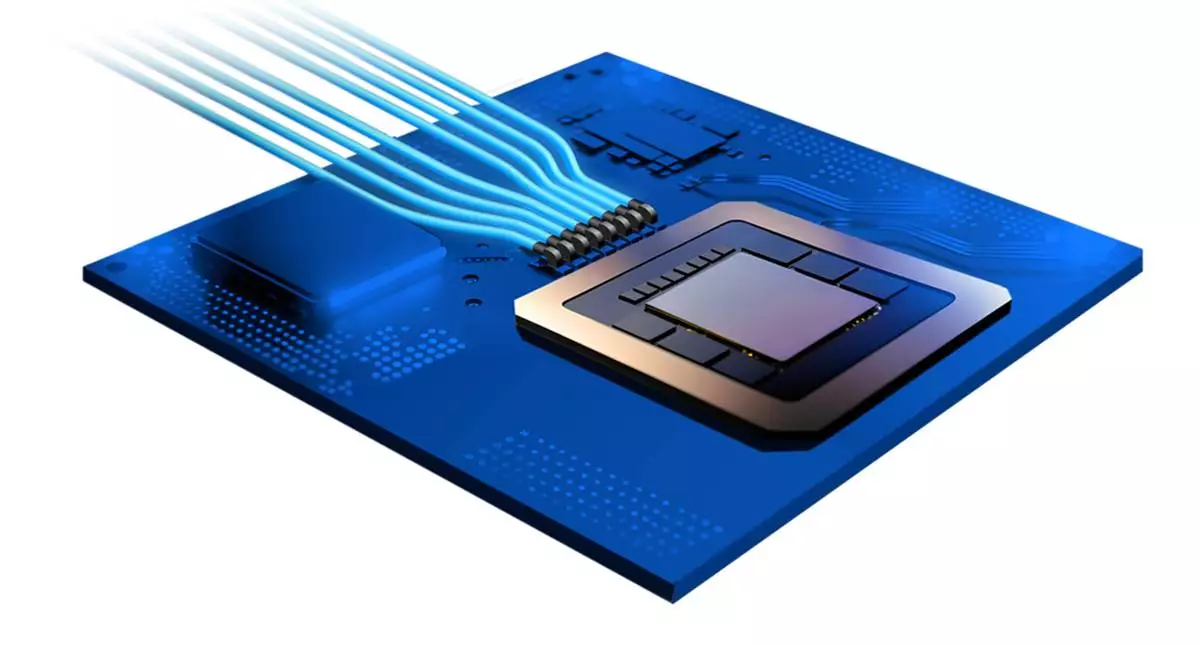

Scalable LightBundle Chiplet Platform for D2D Interconnects


